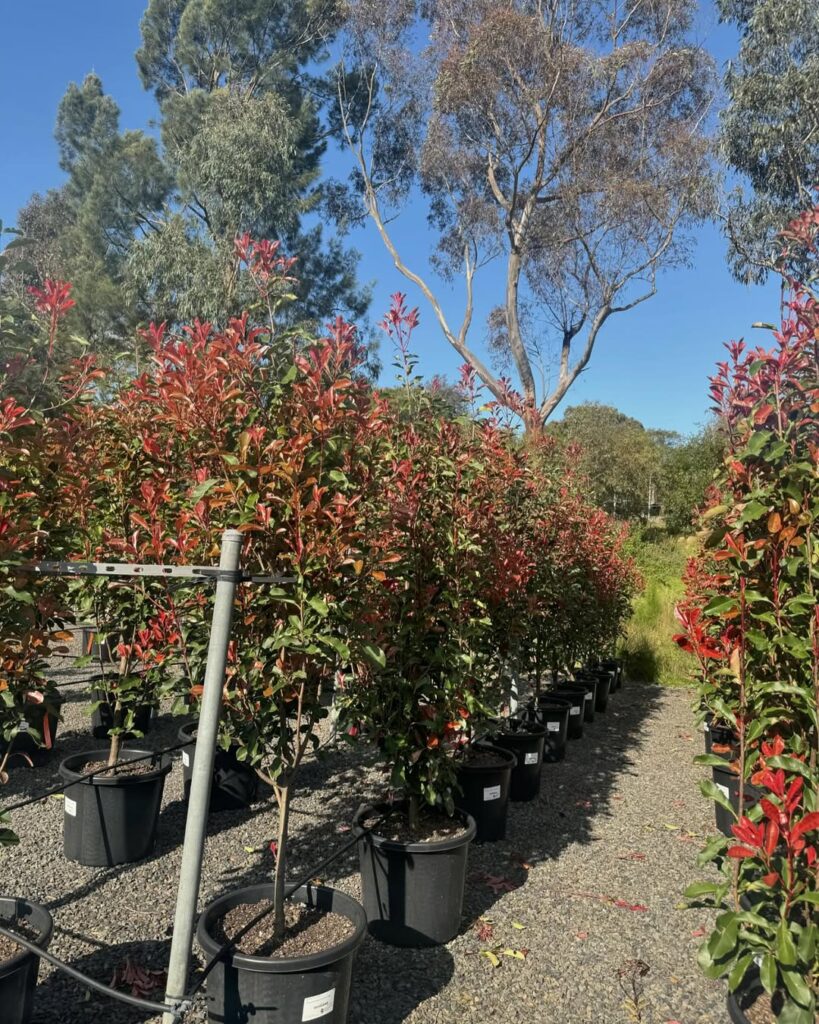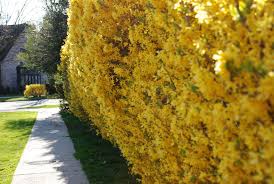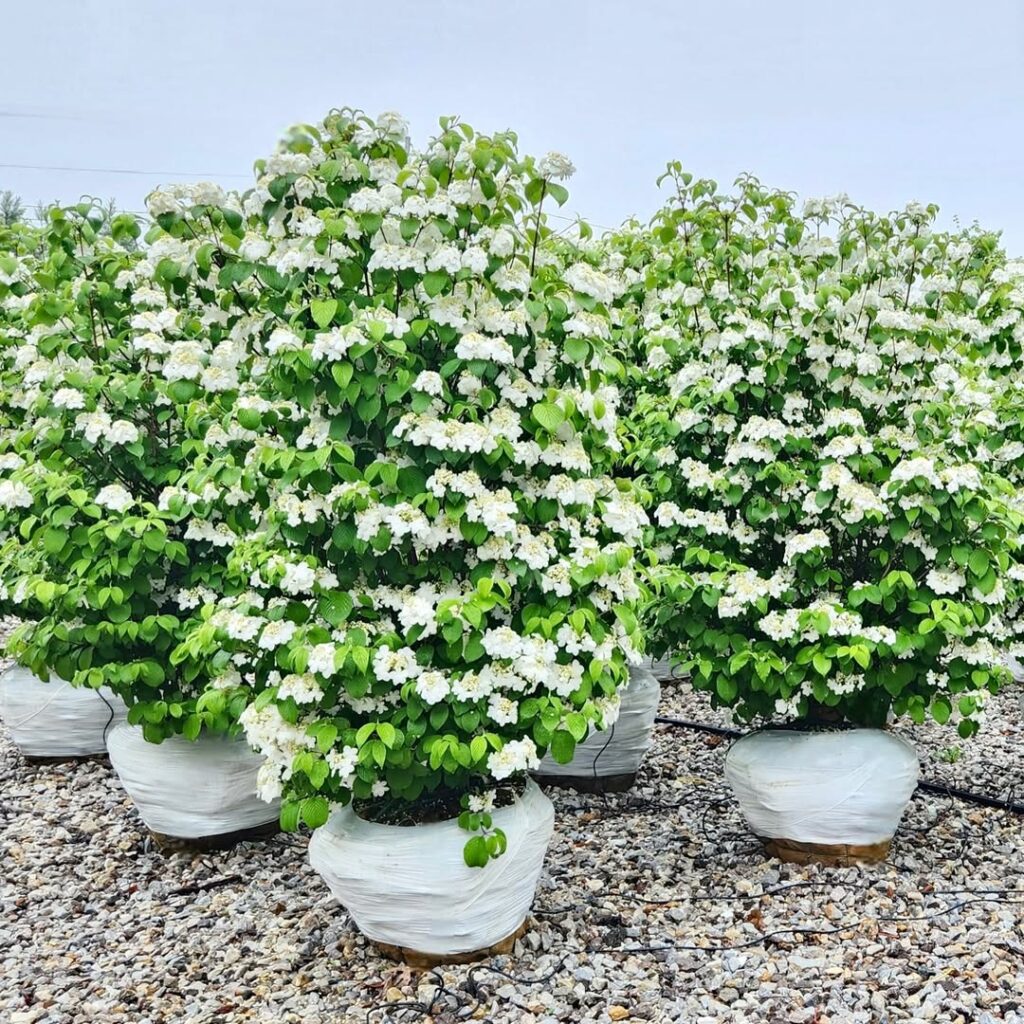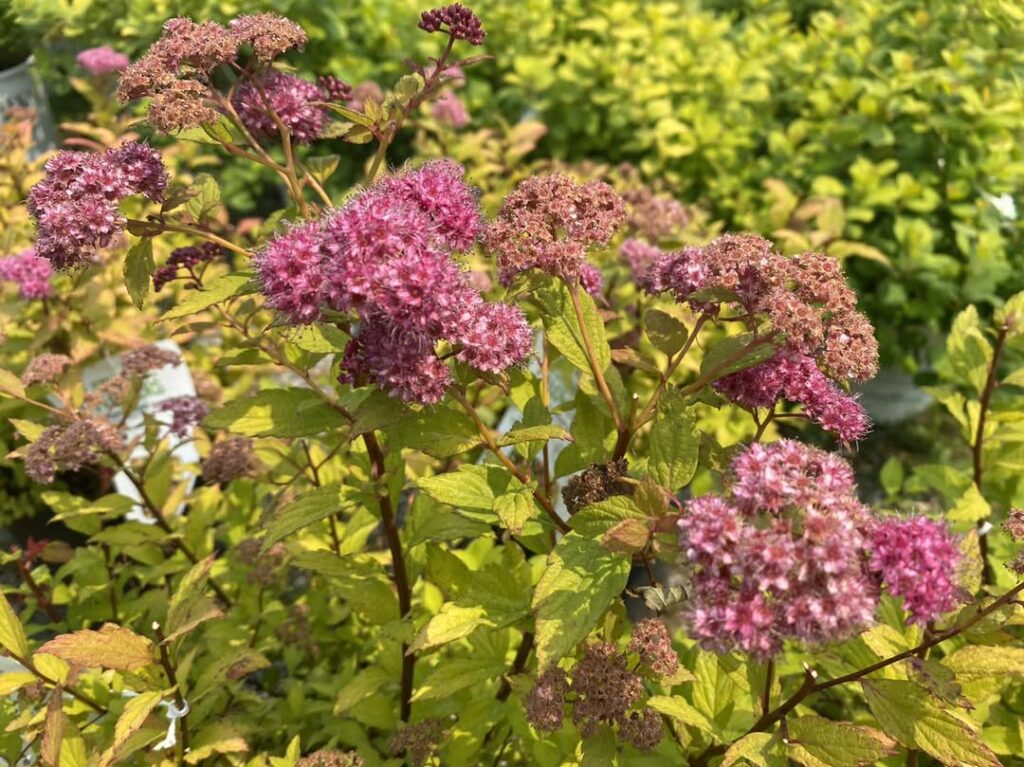In today’s world, where homes are built closer together and urban living is the norm, privacy is becoming more of a luxury than a standard.
Whether you want to block out noisy neighbors, reduce street visibility, or create a tranquil green space in your backyard, fast-growing shrubs and bushes offer a beautiful and natural solution.
Unlike fences or walls, which can be expensive and unattractive, greenery not only boosts privacy but also enhances curb appeal, absorbs noise, and supports local wildlife.
In this comprehensive guide, we’ll explore some of the best fast-growing shrubs and bushes for privacy, how to choose the right ones for your space, planting tips, and frequently asked questions.
Why Choose Shrubs and Bushes for Privacy?
Here are a few compelling reasons why fast-growing shrubs and bushes are the go-to choice for privacy screens:
- ✅ Natural and aesthetic: Adds beauty, greenery, and seasonal color.
- ✅ Cost-effective: Less expensive than constructing fences or walls.
- ✅ Low maintenance: Many varieties require minimal care once established.
- ✅ Noise and wind barrier: Reduces sound pollution and provides wind protection.
- ✅ Wildlife-friendly: Provides shelter and food for birds and pollinators.
Factors to Consider Before Choosing Privacy Plants
Before selecting shrubs or bushes, consider the following:
🌤️ Sunlight
- Some plants thrive in full sun, while others prefer shade or partial shade.
- Check your site conditions and plant accordingly.
🌧️ Climate & Hardiness Zone
- Select species that are suited to your USDA Hardiness Zone.
- Native plants are often more resilient and require less water.
📏 Desired Height & Width
- Decide how tall and wide you want your privacy screen to be.
- Choose plants that match your spacing and coverage needs.
🌱 Growth Rate
- “Fast-growing” typically means a growth rate of 2 feet or more per year.
Top 10 Fast-Growing Shrubs and Bushes for Privacy
Here’s a list of the best fast-growing options, ideal for creating privacy screens in various climates and garden types:
1. Arborvitae (Thuja Green Giant)

- Growth Rate: 3–5 feet per year
- Max Height: Up to 40 feet
- Sunlight: Full sun to partial shade
- Zones: 5–9
- A classic privacy plant, arborvitae grows quickly and forms a dense, evergreen wall. It’s low-maintenance and deer-resistant.
2. Leyland Cypress

- Growth Rate: 3–4 feet per year
- Max Height: 60–70 feet
- Sunlight: Full sun
- Zones: 6–10
- This fast-growing evergreen is great for large properties. It provides thick coverage and grows tall in a short time.
3. Privet (Ligustrum spp.)

- Growth Rate: 2–3 feet per year
- Max Height: 10–15 feet
- Sunlight: Full sun to partial shade
- Zones: 5–8
- Popular in formal hedging. Fast, dense, and easy to shape.
4. Bamboo (Clumping varieties like Bambusa)

- Growth Rate: Up to 5 feet per year
- Max Height: 10–20 feet
- Sunlight: Full sun
- Zones: 7–11
- Choose clumping bamboo (not running) to avoid invasiveness. Adds an exotic look and quick privacy.
5. Red-Tipped Photinia

- Growth Rate: 2 feet per year
- Max Height: 10–15 feet
- Sunlight: Full sun
- Zones: 7–9
- Glossy leaves with red-tinted new growth. Makes a colorful privacy screen.
6. Forsythia

- Growth Rate: 2–4 feet per year
- Max Height: 8–10 feet
- Sunlight: Full sun
- Zones: 5–8
- Famous for its early yellow blooms. Grows fast and forms dense coverage.
7. Lilac (Syringa spp.)

- Growth Rate: 1–2 feet per year
- Max Height: 8–15 feet
- Sunlight: Full sun
- Zones: 3–7
- Offers both privacy and fragrant blooms in spring.
8. Viburnum

- Growth Rate: 1–2 feet per year
- Max Height: Varies by type (6–15 feet)
- Sunlight: Sun to partial shade
- Zones: 2–9
- Evergreen or deciduous depending on variety. Great for mixed privacy hedges.
9. Boxwood (Fast-growing hybrids)

- Growth Rate: 1–2 feet per year
- Max Height: 5–10 feet
- Sunlight: Full sun to partial shade
- Zones: 5–9
- Excellent for trimmed, formal privacy borders.
10. Spirea

- Growth Rate: 1–2 feet per year
- Max Height: 5–8 feet
- Sunlight: Full sun
- Zones: 3–8
- Offers beautiful flowering and fast, bushy growth.
Planting & Care Tips for Privacy Shrubs
- Spacing: Don’t plant too close. Give each shrub room to expand naturally.
- Mulching: Helps retain moisture and suppress weeds.
- Pruning: Trim annually to encourage denser growth and maintain shape.
- Fertilizing: Use balanced fertilizer in spring to promote growth.
- Watering: Deep watering encourages strong roots, especially in the first year.
Pros and Cons of Using Fast-Growing Privacy Shrubs
| Pros | Cons |
|---|---|
| Quick coverage | May need regular pruning |
| Cost-effective | Some may become invasive |
| Adds beauty & color | Can outgrow small yards |
| Environmentally friendly | Attracts insects (both good & bad) |
FAQs: Fast-Growing Shrubs for Privacy
Q1: What’s the fastest-growing shrub for privacy?
Thuja Green Giant and Leyland Cypress are among the fastest-growing, growing up to 5 feet per year.
Q2: Can I plant different shrubs together for privacy?
Absolutely! Mixing different shrubs like viburnum, forsythia, and lilac can create a natural, flowering privacy screen that looks good year-round.
Q3: How far apart should I plant privacy bushes?
This depends on the species. Generally, 3 to 5 feet apart is recommended for most privacy hedges to fill in quickly, but avoid overcrowding.
Q4: Do privacy shrubs lose their leaves in winter?
Evergreens like arborvitae and cypress keep their foliage year-round. Deciduous shrubs like lilac and forsythia will shed leaves but still act as partial screens with branches.
Q5: Are there privacy shrubs safe for pets?
Yes, but check each plant’s toxicity. For example, boxwood and privet can be toxic if ingested. Always research pet-safe options.
Q6: How long does shrubs take to form a full privacy screen?
With fast-growing varieties, you can expect good coverage in 2–3 years, especially with proper care.
Final Thoughts
Fast-growing shrubs and bushes are a practical and beautiful way to gain privacy in your outdoor space.
Whether you want a tall green wall or a mixed border with flowers and foliage, there’s a perfect combination for every yard size and style.
By selecting the right varieties for your climate and taking time to prepare and care for them properly, you’ll enjoy a living fence that adds value, beauty, and tranquility to your home in far less time than you might think.
